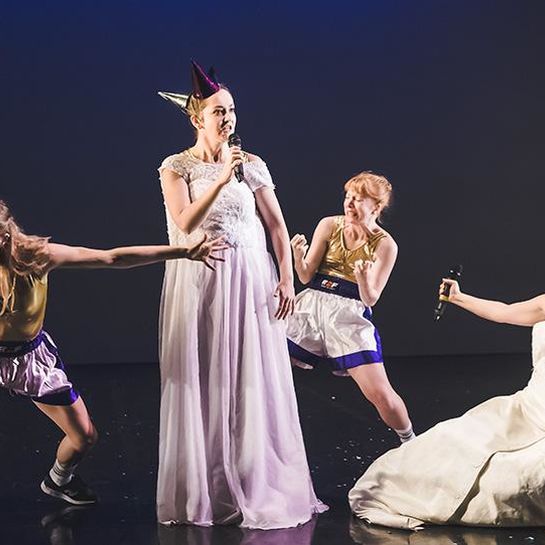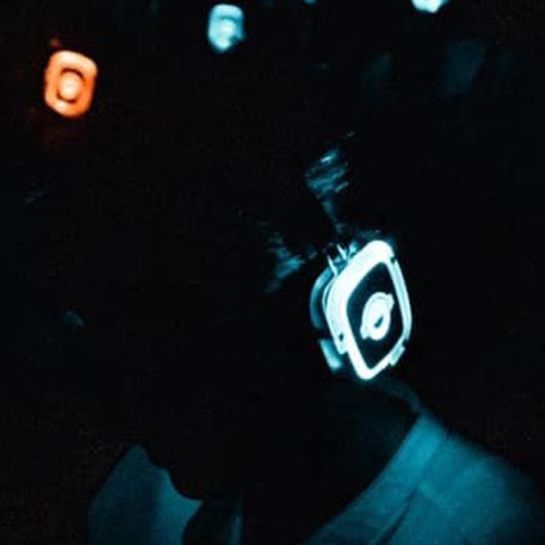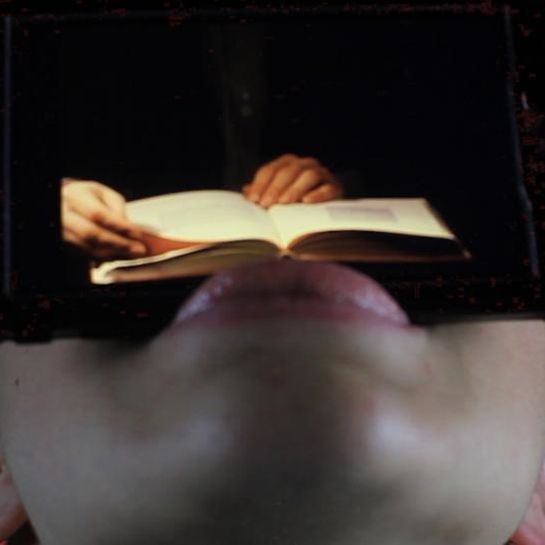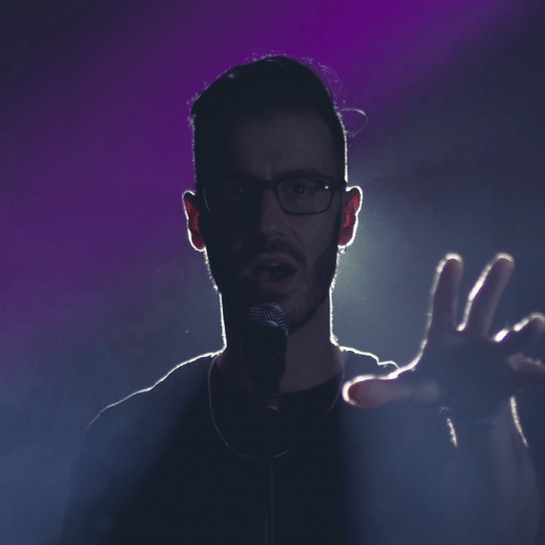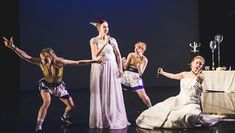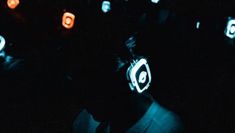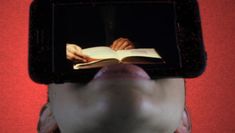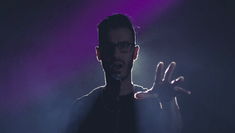About this project
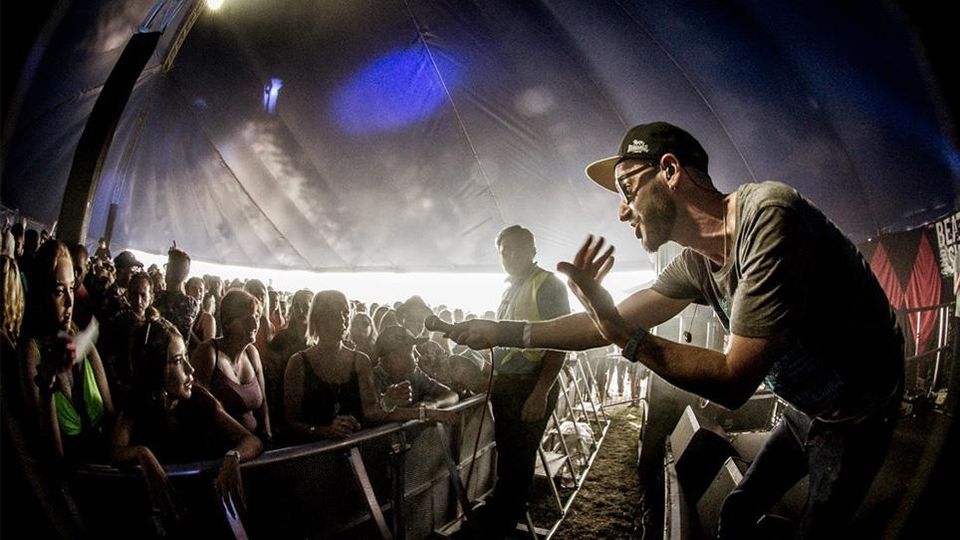
Post-Verbatim, Amplified Storytelling and Gig Theatre in the Digital Age
Duška Radosavljević, AHRC Leadership Fellowship (2020-2021)
This 18-month long research project engages with an increasingly apparent prominence of speech and sound in the 21st century theatre and performance. Postulating that the aural aspects of speech, sound, voice and sound design emerge to replace the late 20th century dominance of literary textuality (new writing) and/or corporeality (physical theatre) as the primary dramaturgical motors in live performance, the project argues that this renewed interest should be viewed paradigmatically. The internationally discernible paradigm includes works specifically designated here under three mutually porous categories: ‘post-verbatim’ (Nic Green’s Cock and Bull, Valentijn Dhaenens’ BigMouth and SmallWar, Lola Arias’ Minefield and What They Want to Hear, Oliver Frljic’s Damned Be The Traitor, Turbofolk), works using mics and headphones and therefore referred to as ‘amplified storytelling’ (Rotozaza’s Etiquette, Kieran Hurley’s Beats, Dead Centre’s Chekhov’s First Play) and works known in the UK as ‘gig theatre’ (Christopher Brett-Bailey’s Are You Deaf Yet, Middle Child’s All We Ever Wanted was Everything, Kate Tempest’s Brand New Ancients, Arinzée Kene’s Misty).
In the course of the Fellowship, Duška Radosavljević has worked with the Post-Doctoral Research Associate Flora Pitrolo on the interdisciplinary project which involves original field research in performance-making as well as networking and public engagement activities. In partnership with London-based Battersea Arts Centre (BAC), new work was commissioned from relevant artists selected through an open call, to form part of the primary research. Research findings were designed to be disseminated through ‘Lend Me Your Ears’ podcast (in collaboration with Tim Bano and Digital Theatre Plus), a workshop (to be designed with Jane Boston), a professional practice document for curators (in collaboration with the V&A), an international project conference, a Figshare dataset, a special journal issue and a monograph.
As a result of the Covid-19 lockdown in the UK, the research project moved entirely online. The residencies and the project conference were replaced with a series of newly invented Zoom-generated formats of documenting creative processes and academic discourse to be deposited in the digital space, under four strands: interviews with artists (Gallery), conversations between academics (Salon), ‘making of’ screen-share documentary videos (Laboratory), and oral introductions to academic books (Library). The collection of 41 edited sound recordings and 26 edited videos were deposited together with over 860 pages of pdf transcripts on the bespoke project website www.auralia.space designed and created by theatre-maker Beatriz Cabur (as well as on Figshare for long-term preservation).
AHRC Fellow: Duška RadosavljevićPDRA: Flora Pitrolo
Partners: Battersea Arts Centre (BAC)Digital Theater Plus (DT+)Victoria and Albert Museum (V&A)
Artists selected for the BAC/Central Artists’ Residency: Gracefool CollectiveSair GoetzSilvia MercurialiSK ShlomoSleepwalk Collective - Associate Artist
Project collaborators: Tim Bano, Jane Boston and Deelee Dubé
Website Designer: Beatriz Cabur
Steering Group: Lynette HunterGay McAuleyTrish ReidDavid Roesner
Bambo Soyinka
Project Website: www.auralia.space
AHRC ref: AH/S010750/1Figshare
Objectives
- Set a new research agenda in performance and theatre studies at the intersection of orality, aurality and dramaturgy to provide a new theoretical framework for an emerging set of trends in contemporary performance.
- Provide intellectual leadership through methodological innovation, international networking, encouraging new research and collaborations, producing collaborative and individual artistic and research outputs within and beyond the discipline of Performance Studies.
- Create impact beyond the discipline by developing and undertaking innovative research activities in partnership with Battersea Arts Centre, Digital Theatre Plus and the Victoria & Albert Museum.
- Deploy an interdisciplinary approach to the topic of orality/aurality in performance by bringing together insights and expertise from ethnography, philosophy, musicology, museology, rhetoric, digital humanities and voice training as well as performance, dramaturgy and theatre studies.
- Have a transformative effect on the field by placing the focus on orality and aurality as fundamental compositional tools for performance (rather than auxiliary technical effects).
Research Questions
- What compositional strategies underpin the performance-making which foregrounds orality/aurality in the 21st century?
- How do we adequately scope and theoretically frame aural/oral dramaturgy as an emerging interdisciplinary field of enquiry?
- What potential correlation can be discerned between: a) technological developments, b) increasing cognitive bias towards the oral/aural in our daily life, and c) contemporary performance-making practices; and how can this understanding help improve the effectiveness of our aural/oral composition and presentation skills?
Outputs
- ‘Lend Me Your Ears’ podcast collection
- Digital (website, Figshare)
- Edited Collection/Special issue (Critical Stages)
- Monograph (Routledge)
- Workshop Package
Main image: Artist SK Shlomo, photo by This and Matt.

